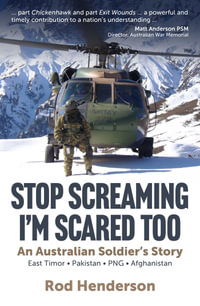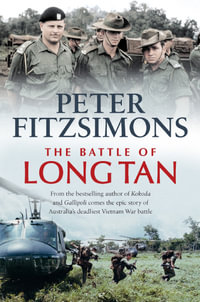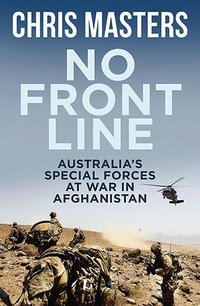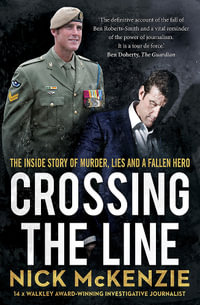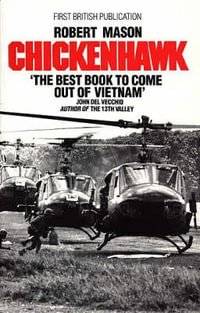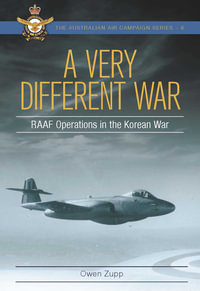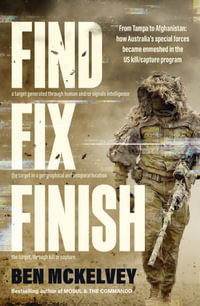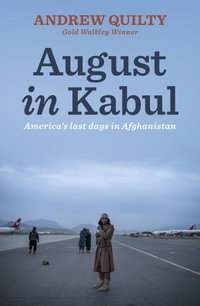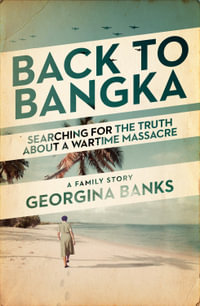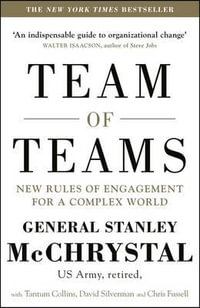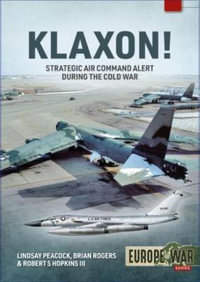"Historian Brian Laslie's The Air Force Way of War does as much to explain the remarkable rehabilitiation of American airpower in the period between the Vietnam and First Gulf Wars as any book
The book finally consolidates parts of a story told in a variety of sources into an easily accessible, readable, and digestible volume that will well serve both airpower historians and future practicioners for years to come
Laslie extends the utility of his study beyond the narrow realm of airpower history and provides insight into institutional and organizational change that will be of use across the field of military history" -- Christopher Rein, H-Net
"Laslie convincingly shows that inadequate training was the primary cause of combat losses in Vietnam. He points out that studies revealed that over the first ten "actual combat missions" over North Vietnam took the greatest toll on pilots. Consequently, the Air Force revised pilot training to make it as realistic as the first ten actual combat missions.Laslie best captures the mood of the time in his account of planning for Desert Shield. Personality clashes created scenes of drama equal to the most intense you can find on a good TV miniseries." -- VVA Veteran
"Laslie creates an important work that fills a void in the popular historical narrative [...] [A]n essential read for anyone who has ever experienced (or wanted to experience) the thrill of being a part of the world's largest aerial exercise of 100+ aircraft battling over the Nevada desert, known as Red Flag.Laslie's book is a refreshing look at the people and operational practices whose import far exceeds technological advances. [Laslie] skillfully illuminates the human depth and endeavors of a service that...works diligently and intelligently to integrate new technology with the humans who operate it." -- The Strategy Bridge
"Most significantly, the book finally consolidates parts of a story told in a variety of sources into an easily accessible, readable, and digestible volume that will well serve both airpower historians and future practitioners for years to come." -- H-War, H-Net Reviews
"By placing pilots themselves and their training at the heart of his work, Brian Laslie has producedan exemplary corrective to the typical airplane-centered view of Air Force history." -- Michigan War Studies Review
"Historian Brian Laslie has thoroughly analyzed recent air operations and produced a thought-provoking treatise on the importance of a post-Vietnam training renaissanceleading to US success after Vietnam." -- Military Review
"It is well written and documented and is readily accessible to both airpower historians and to those with an interest in the development of airpower doctrine. It is no surprise that the book was selected for the Air Force Chief of Staff's 2015 professional reading list.
The Air Force Way of War is a generally solid, well-written book, especially in itscoverage of the Air Force's post-Vietnam transformation through the Gulf War." -- US Military History Review
"A very useful and interesting study of the story of how the USAF revamped its training after the Vietnam War and created a program that brought a high level of success in several conflicts. The book should have a wide appeal among those interested in airpower, military affairs, and security policy." -- James S. Corum, author of Airpower in Small Wars: Fighting Insurgents and Terrorists
"In The Air Force Way of War, Brian Laslie has offered us an exhaustively researched look into America's laboratory of airpower. Laslie chronicles how the Air Force worked its way from the catastrophe of Vietnam through the triumph of the Gulf War, and beyond." -- Robert M. Farley, author of Grounded
"Laslie tackles a period of Air Force history that has been skillfully examined by several air power experts. Yet the author is able to explore new ground, and truly provide the reader with a signifcant analysis of the importance of these revolutionary training events, in particular the Red Flag exercise. The Air Force Way of War should be considered required reading for air power historians and analysts, combat veterans and active duty Air Force operators. Laslie's enthralling text makes it clear why Red Flag is still thriving as it approaches its 40th birthday." -- The Bridge
"More than a history for aircrew, this selection examines how innovative thinkers of the time, including then Major John Jumper, Moody Suter, and John Warden, advanced ideas and concepts despite the obstacles arrayed against them." -- Air Force Chief of Staff Reading List 2016


